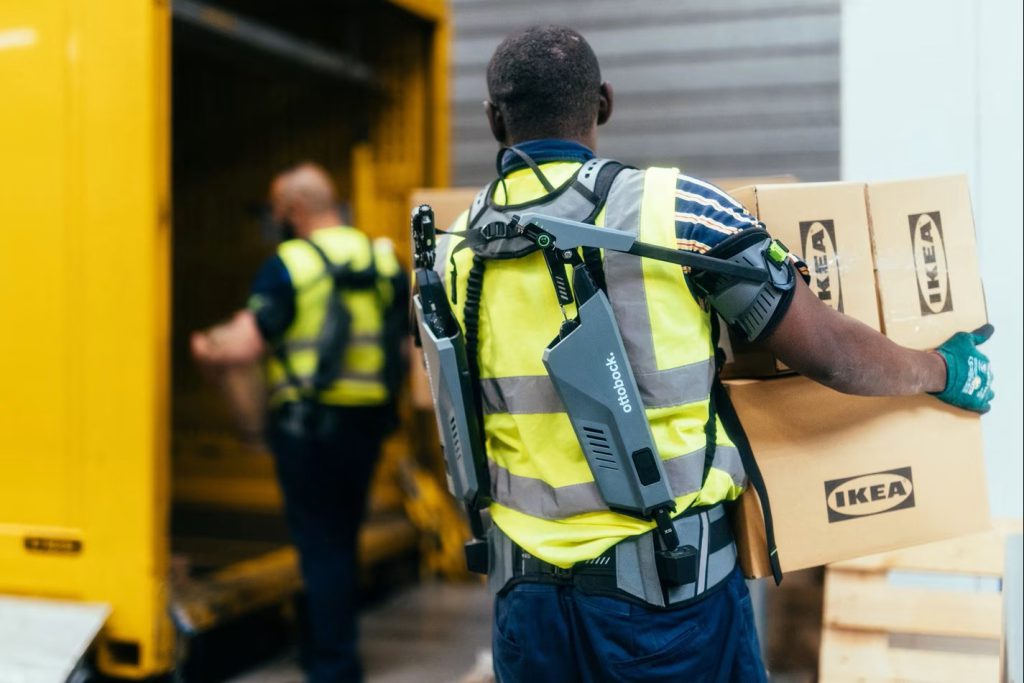In modern supply chains, a WMS (Warehouse Management System) rarely operates alone.
Its true power is unlocked when it seamlessly connects with other enterprise systems — ERP, TMS, WCS, and BI analytics tools.
Integration between two systems means that they exchange data automatically, accurately, and in real time, without the need for manual entry or copying information from one place to another. In practice, this means that the WMS and ERP “communicate” through APIs or other integration protocols: the WMS sends information about inventory levels, receipts, and shipments, while the ERP provides orders, item master data, partners, and financial documents. This eliminates manual steps, reduces operational errors, and ensures that all systems remain synchronized at all times. Such seamless data flow enables faster decision-making, better process control, and a stable foundation for scaling the business.
Integration has become a critical success factor for every WMS implementation — but it’s also where many projects fail if not done right.
Why Integration Is Essential
Without proper integration, even the best WMS can create more problems than it solves.
If data is inconsistent between systems, the result is double entries, stock mismatches, inaccurate invoices, and incomplete reports.
A successful integration ensures a Single Source of Truth — all systems use the same accurate and up-to-date information.
Most Common Systems Integrated with WMS
1. ERP (Enterprise Resource Planning)
- Connects purchasing, inventory, accounting, and sales.
- Exchanges inbound/outbound documents, orders, and invoices.
- Examples: SAP, Pantheon, Dynamics NAV/BC, Luceed, 4D Wand.
- Detailed guide find here on our blog post.
2. TMS (Transport Management System)
- Handles transport planning, routes, and cost control.
- Receives shipping and receiving data from WMS.
3. WCS (Warehouse Control System)
- For automated systems like AutoStore, sorters, AGVs.
- WMS manages the logic; WCS handles physical execution.
4. BI / Analytics Tools
Integration Models
1. Point-to-Point Integration
- Direct connection between two systems.
- Suitable for small setups but limited scalability.
2. Middleware / Integration Platform (ESB, API Gateway)
- Central hub that manages all communication (e.g., Azure Integration Services, MuleSoft, nShift).
- Adds flexibility, scalability, and security.
3. API-First Approach
- Modern WMS platforms like Servis24 WMS use REST APIs for real-time integration.
- Simplifies connectivity with ERP, mobile apps, and external services.
Common Integration Mistakes
🚫 Undefined business processes – integration starts before workflows are fully mapped.
🚫 Poor data mapping – mismatched fields between systems.
🚫 Insufficient testing – skipping sandbox and scenario validation.
🚫 Lack of logging and monitoring – errors are hard to trace post-launch.
🚫 Version mismatches – one system updates, breaking compatibility.
Best Practices for Success
✅ Map all data flows upfront – define direction, fields, and ownership with the ERP/TMS team.
✅ Use standardized formats (JSON, XML, EDI) – reduce maintenance effort.
✅ Ensure bidirectional synchronization – confirmations prevent data loss.
✅ Implement detailed logging and monitoring – Servis24 WMS logs all transactions in real time.
✅ Adopt an iterative rollout – test and deploy in controlled phases.
Conclusion
Integrating WMS with ERP, TMS, and other enterprise systems isn’t just a technical step — it’s the foundation of a truly digital warehouse.
Properly executed, integration drives transparency, speed, and efficiency throughout the supply chain.
👉 If you’re planning to connect or upgrade your WMS, contact us to see how Servis24 WMS streamlines integration through its API-first architecture and over two decades of real-world experience.








